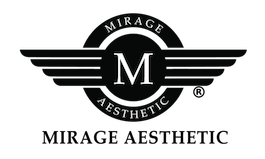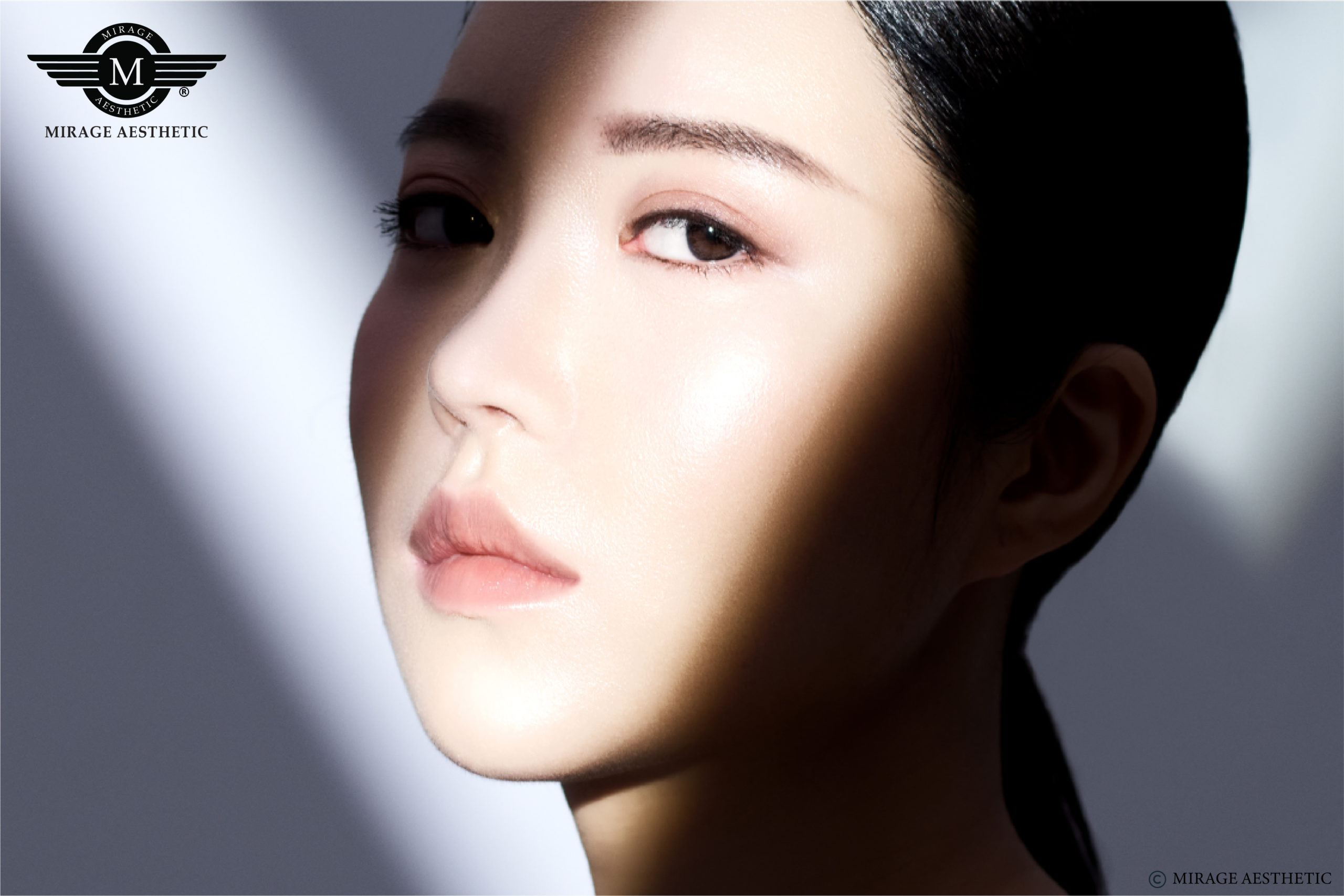For some of us, the term Laser treatment can be a slightly intimidating one. “Is it safe?”, “What are the risks involved?”, and “Is it the right treatment for my skin problems?” might be some common questions that cross your mind. With so much ambiguity about the nature of laser facial treatments, it’s no wonder people, mainly women, are approaching them with caution or afraid to even consider it at all. However, it’s always good to be informed about all the options out there, and if achieving the look of glowing, flawless skin has always been on your bucket list, then perhaps laser treatment could be too.
First off, what is laser treatment?
Laser treatments are by definition, short and direct concentrated light beams that pulsate, aimed at the skin to fix irregularities, promote collagen growth and remove layers of the skin. From acne scars and tattoos, to hyperpigmentation, to fine lines and wrinkles, laser treatments are an appropriate method of treatment for a wide range of skin debilitations.
What essentially happens during laser treatment is that melanin within the skin are targeted in order to achieve results. Once the target is found by the laser energy, they are super heated to create a controlled ‘injury’ to the skin that in turn, stimulates the body’s natural healing process.
For those of you considering a laser facial treatment for your skin woes, here is an informative breakdown provided for you, with a bunch of information regarding the different types of laser treatment available to you, along with an evaluation of what skin problems they are best suited for. Without further ado, here goes.
Ablative Laser Treatments
Target Areas: Ablative laser treatments aim to target the reduction of fine lines and wrinkles, whilst improving skin tone and texture. Oftentimes, they are also used to treat stubborn issues such as warts and scarring.
Recovery period: For the healing process, expect a downtime of approximately one week, with redness that may persist up to two weeks. These treatments are by far the most effective at balancing or removing skin discolouration, or reducing fine lines and wrinkles. However, they are also associated with longer healing times and recovery periods.
Thanks to ‘fractional’ technology, fractional CO2 treatments (Deep FX, Total FX, Active FX) are associated with a slightly shorter recovery time. By having the laser treatment fractionated, that is, divided into fractions or compounds, the laser energy is effectively delivered to the skin while leaving small areas unexposed to the thermal effects from which the initiation of rapid healing begins.
Effectiveness: The ablative group remains the most effective out of all the laser treatments. Carbon Dioxide (CO2) lasers typically tend to require the fewest number of treatments before you can begin to see significant improvements in your skin.
Non-Ablative Laser Treatments
Target Areas: The Non-ablative group tends to treat issues such as discolouration of the skin, otherwise known as hyperpigmentation, including dark spots, freckles and melasma.
Recovery Period: You can expect a considerably shorter downtime period, due to the lasers in non-ablative treatments penetrating the epidermis in a fractionated pattern. This is why non-ablative treatments are typically considered milder than the ablative route. For about three to five days, you may expect to have the appearance of a sunburn or mild discolouration and swelling.
Effectiveness: Non-ablative lasers are extremely effective at restoring both youth and beauty to the skin. However, do take into consideration that non-ablative fractional lasers often require a higher frequency of treatments for the most effective results. The two main laser wavelengths are 1) the 1550nm fractional laser, which is great for treating very fine lines of the decolletage, face, neck and hands while also improving overall skin health and 2) The 1927 wavelength laser which is highly effective for pigmentation treatment such as discoloration of the skin.
Broad-band light / Intense Pulsed Light
Broad-band light, or Intense Pulsed Light therapy are beneficial for improving the colour balance within the skin by reducing areas of hyperpigmentation or redness. These treatments aim to restore a youthful, glowing complexion to your face.
Recovery Period: This type of laser treatment is commonly associated with the most minimal downtime, as the procedure essentially just involves short blasts of light.
Effectiveness: Although only a minimal recovery period is required, a high frequency of treatments is also required to see the best results.
Other Treatment Modalities: Radio Frequency, Ultrasound, Thermal Energy
Target Areas: Firmness, plumpness and elasticity of the skin.
Recovery Period: Radio frequency micro-needling, ultrasound and thermal based technologies are all on the spectrum of energy treatment modality are not laser light based but are still highly effective in rejuvenating skin. Downtime and recovery periods can vary for each of these.
Effectiveness: It is important to note that whilst these tend to have considerable effects on skin tightness for either a long-term or temporary period, if you are looking for solutions for hyperpigmentation, we would recommend going with one of the other treatment types listed that are more suited to pigmentation treatment such as the non-ablative laser treatments.







